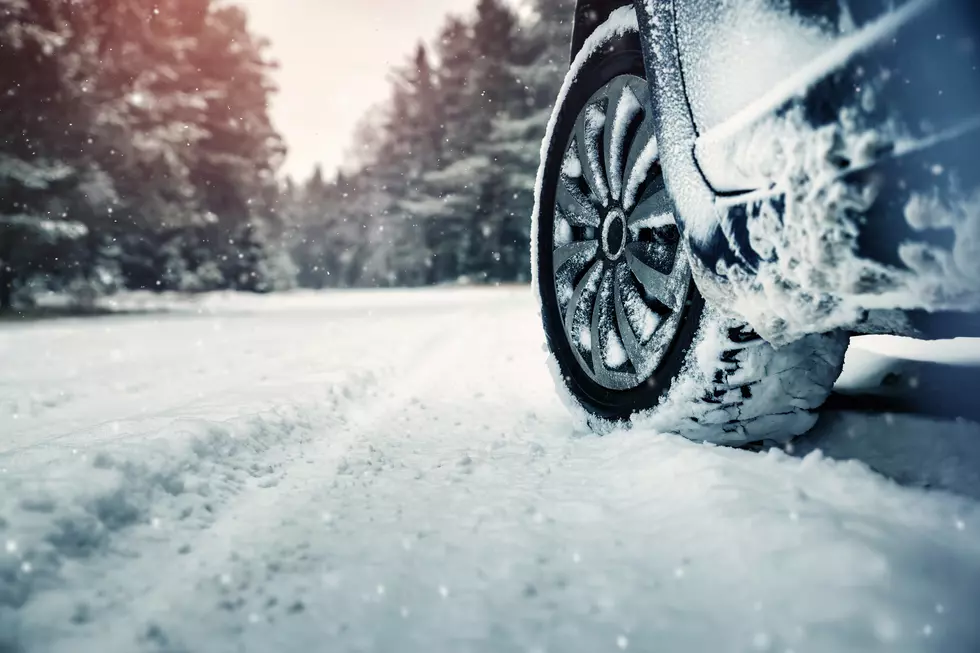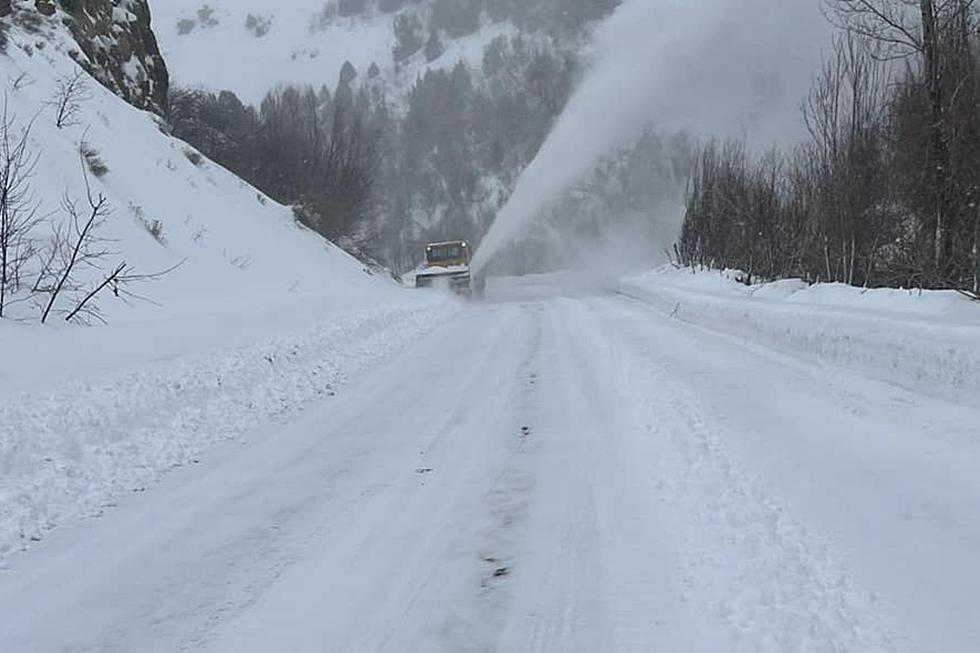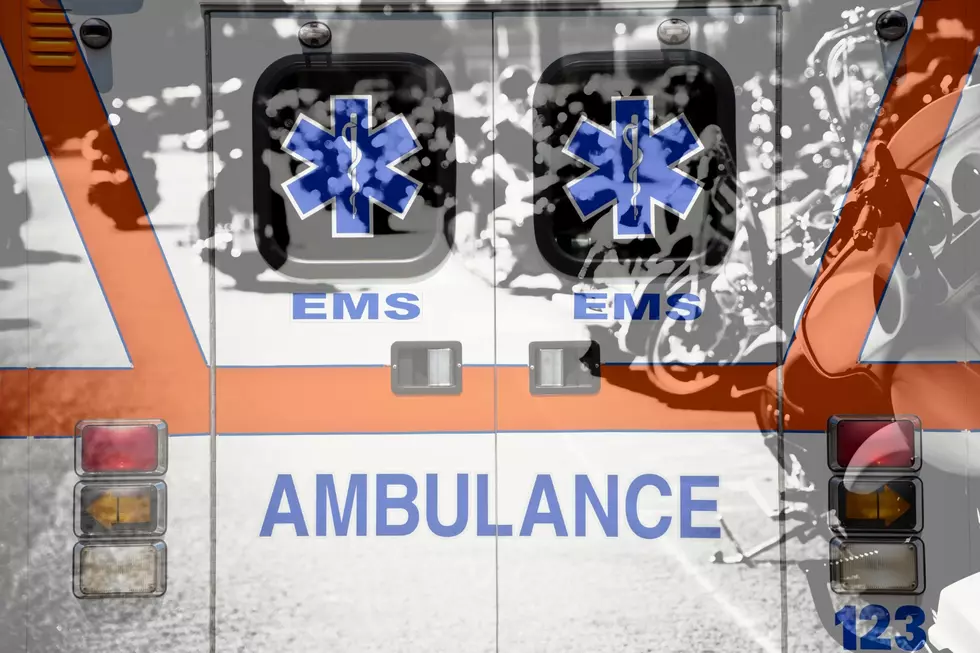
South Hills Kicks Off Unofficial Start Of Summer With Over 2 Feet Of Snow
Ah, you have to love Idaho. The South Hills south of Twin Falls kicked off the unofficial start of summer with a good ol' fashioned snowstorm. Camping season may have to wait a little longer in this area.
Memorial Day weekend is considered the unofficial start of summer. You know, time to start camping, barbecues, outdoor activities, water activities, etc. Looks like Mother Nature had her own plans. Hopefully not too many people got stuck in the South Hills over the weekend because over 2 feet of snow came down.
Photos shared by the Twin Falls Sheriff's Department show just how crazy it got up there. The 5th Fork area definitely got hit hard. 2 and a half feet of snow fell there. But the snow isn't the only concern right now in the area. Trees were downed over the roadways and the trails. It is best to avoid the area as much as possible.
It looks like it might be a while before we start talking about camping in the South Hills, at least in the higher elevations, for a while. The snow may melt but the trails and the roads are going to need some time to try out. The mud could be problematic, especially for higher profile vehicles, RVs, and such.
The bottom line really, is that Idaho does need the precipitation. While these temperatures and weather patterns aren't going to solve all of the drought problems, it will help put Idaho in the right direction.
If you do plan on going out this weekend and testing the conditions, make sure you stay safe. Tell people where you plan on staying, be prepared for situations like getting stuck, and apparently bring snow boots along with your mountain bikes. You never know what Mother Nature is going to throw at us right now.
LOOK: The most expensive weather and climate disasters in recent decades
KEEP READING: Get answers to 51 of the most frequently asked weather questions...
More From Kool 96.5








